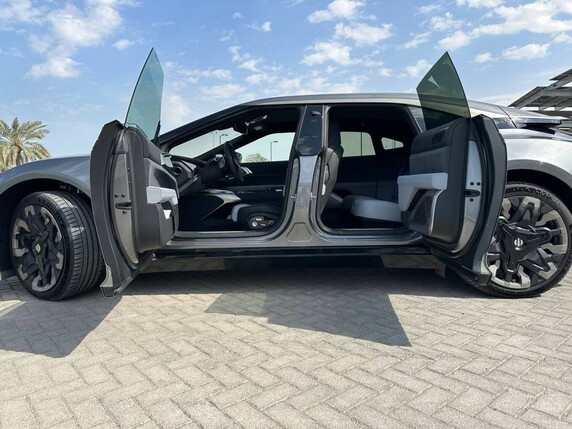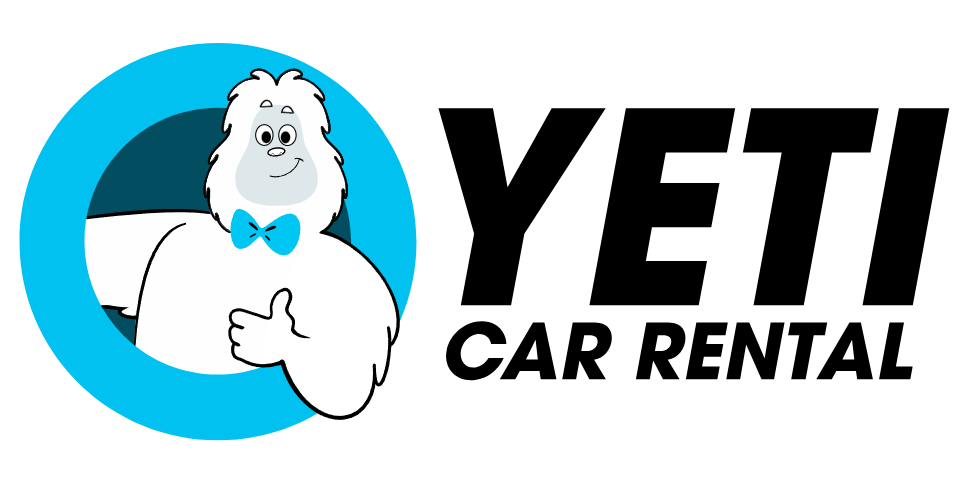

How to Lease a Car: A Comprehensive Guide
Leasing a car can be an excellent option if you want the benefits of driving a new vehicle without committing to a long-term purchase. Unlike traditional car buying, leasing allows you to drive a car for a specified period while making monthly payments. To help you navigate the leasing maze, here’s a detailed guide on how to lease a car, including factors to consider and steps to follow. If you’re interested in leasing in the Middle East, check out how to How to lease a car in Dubailand lease a car in Abu Dhabi.
Understanding the Basics of Car Leasing
Before diving into the leasing process, it’s important to understand what car leasing entails. Leasing a car is effectively a long-term rental. You pay a monthly fee to use the vehicle, but you do not own it. At the end of the lease term, you return the car to the dealer and have the option to lease another vehicle or purchase it for a predetermined price.
Benefits of Leasing a Car
Leasing offers several advantages, including:
- Lower Monthly Payments: Lease payments are typically lower than loan payments because you’re only paying for the car’s depreciation during the lease term.
- Access to Newer Models: Leasing allows you to drive a new model every few years, giving you the latest technology and safety features.
- Maintenance Coverage: Many leases come with warranty coverage, ensuring you’re protected against significant repair costs.
- No Resale Worries: At the end of the lease, simply return the car without having to deal with selling it.
Steps to Lease a Car
1. Assess Your Needs
Start by determining what you need in a vehicle. Consider factors like size, fuel efficiency, features, and how often you’ll be using the car. This will help you narrow down your options.
2. Determine Your Budget

Next, assess your budget. Calculate how much you can afford for a down payment and monthly payments. Remember to factor in insurance, maintenance, and any additional fees associated with leasing.
3. Research Vehicles
Once you have a budget, research vehicles that meet your criteria. Look for makes and models known for reliability and good leasing deals. Check online reviews and consumer reports to inform your decision.
4. Shop Around for Lease Deals
Leasing offers can vary widely depending on the dealership, so it’s essential to shop around. Visit multiple dealerships, check online listings, and consider any current incentives or promotions that may be available.
5. Understand the Lease Terms
Before signing any lease agreement, ensure that you clearly understand the lease terms. Common components include:
- Lease Duration: Most leases last between two to four years.
- Annual Mileage Limit: Leases typically have mileage allowances (usually between 10,000 to 15,000 miles per year). Exceeding this limit can result in costly fees.
- Residual Value: This is the car’s estimated value at the end of the lease, which affects your monthly payment.
- Disposition Fee: Some leases require a fee when returning the vehicle.
6. Negotiate the Deal
Do not hesitate to negotiate the lease terms. Just as with purchasing a vehicle, you can often negotiate the price of the car, the interest rate, and any additional fees. Don’t settle for the first offer you receive.

7. Read the Fine Print
Before signing, carefully read the lease contract. Ensure all negotiated terms are documented, and be aware of any fees or penalties associated with early termination, excessive wear and tear, or mileage overages.
8. Prepare for Delivery
Once you finalize the paperwork, it’s time to prepare for the car delivery. Ensure you have adequate insurance coverage as required by the lease agreement. When you pick up your vehicle, inspect it thoroughly. Document any existing damage to avoid disputes when you return the car.
Leasing vs. Buying a Car
Leasing and buying both have their pros and cons. With leasing, you have lower payments and the flexibility to drive a new car every few years. However, you won’t build equity in the vehicle, and you’ll need to adhere to mileage limits. Buying, on the other hand, can be more expensive in the short term, but it is an investment that allows you full ownership and freedom from long-term commitments.
What to Do at the End of Your Lease
When your lease term comes to an end, you typically have three options:
- Return the Car: You can return the vehicle to the dealership, ensuring it is in good condition and adheres to the returned mileage limits.
- Buy the Car: If you’ve decided you love the vehicle, you can purchase it for the residual value agreed upon in the lease.
- Lease a New Car: You can simply choose to lease a new vehicle, starting the process over again.
Final Thoughts
Leasing a car can be an excellent option for many drivers, offering lower monthly payments and regular access to the latest models. By following the steps outlined in this guide, you can navigate the leasing process with confidence, ensuring you get the best deal possible. Always remember to do your homework, read the fine print, and stay within your budget—not just for the lease itself but for all associated costs. Happy driving!





















